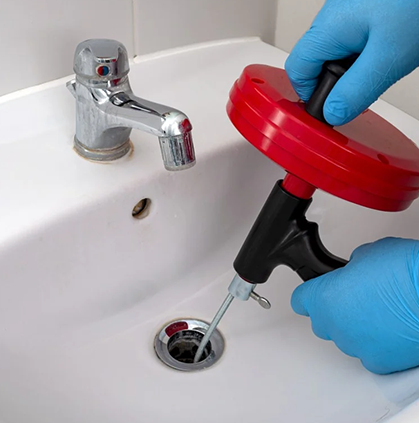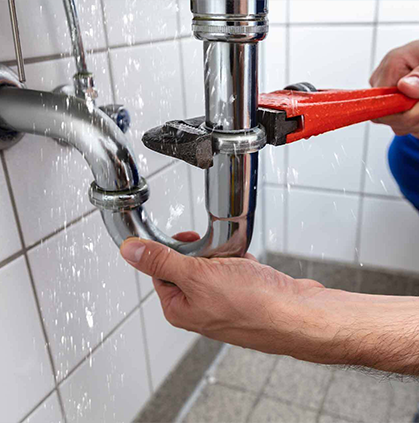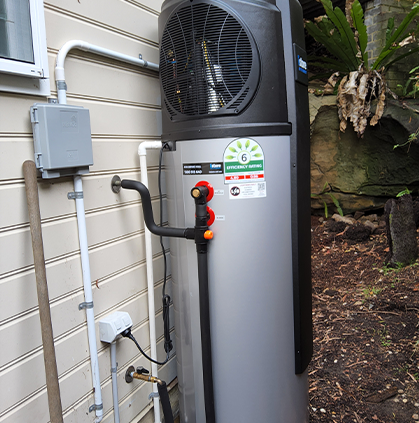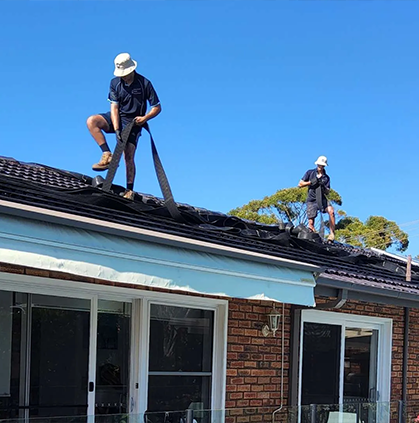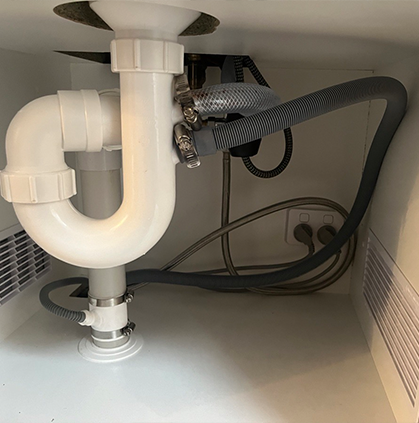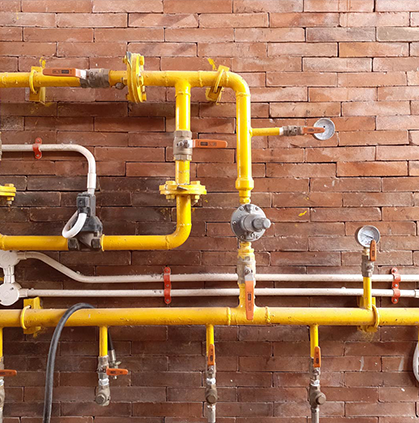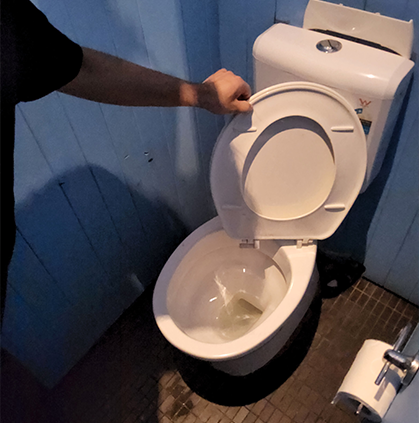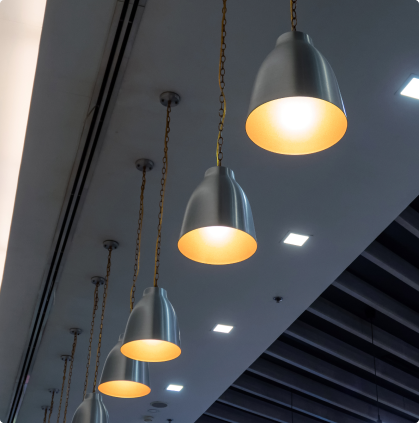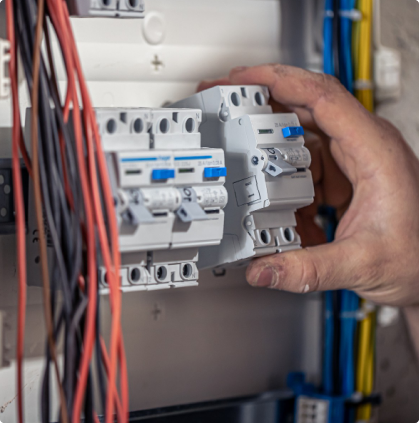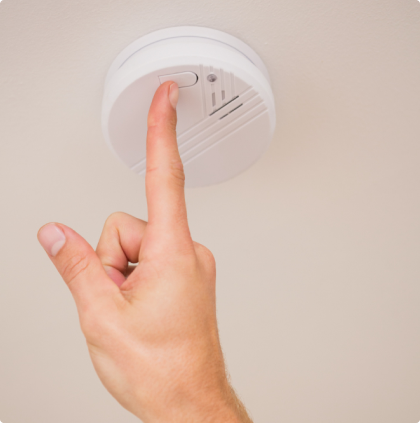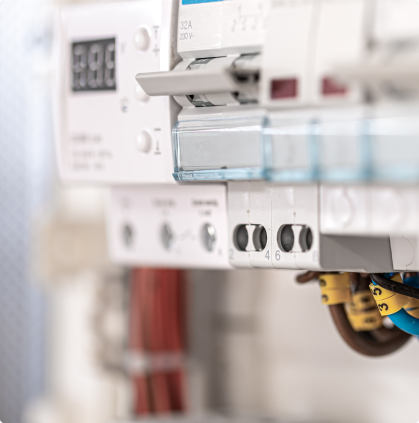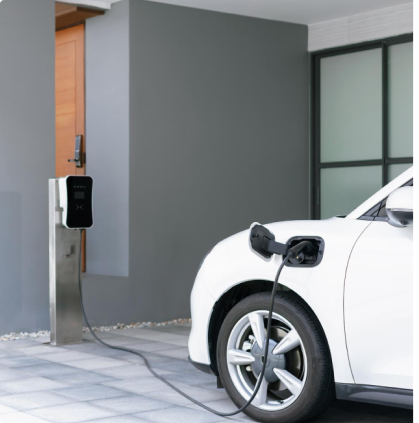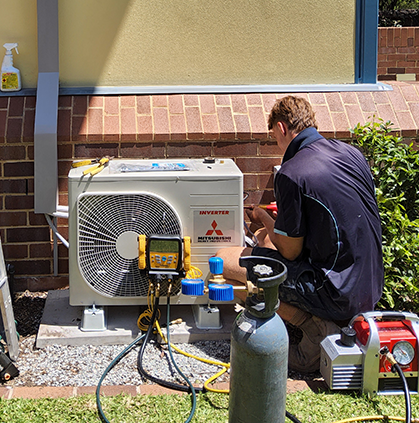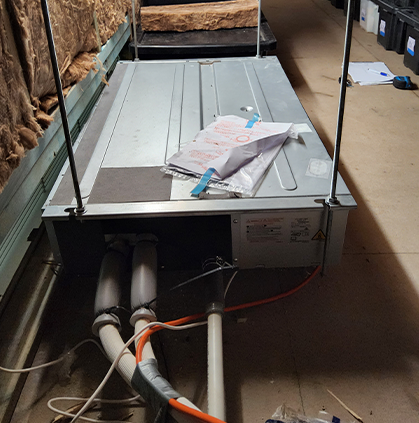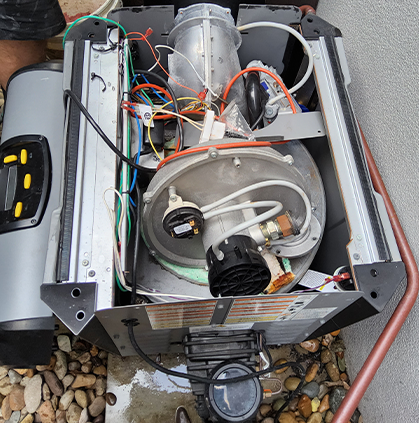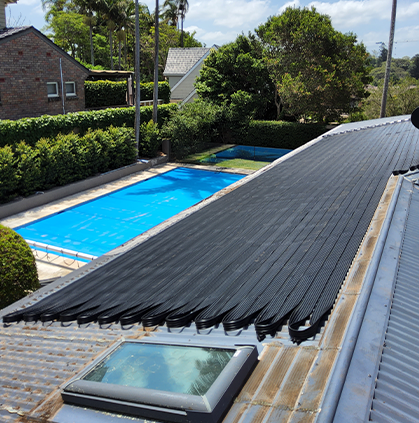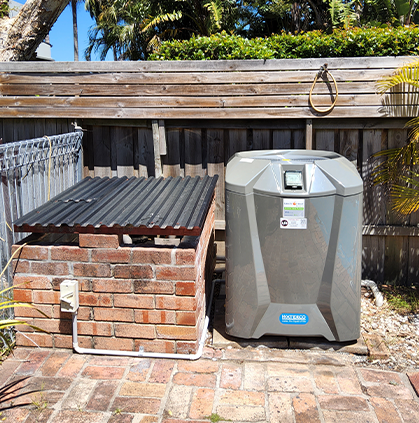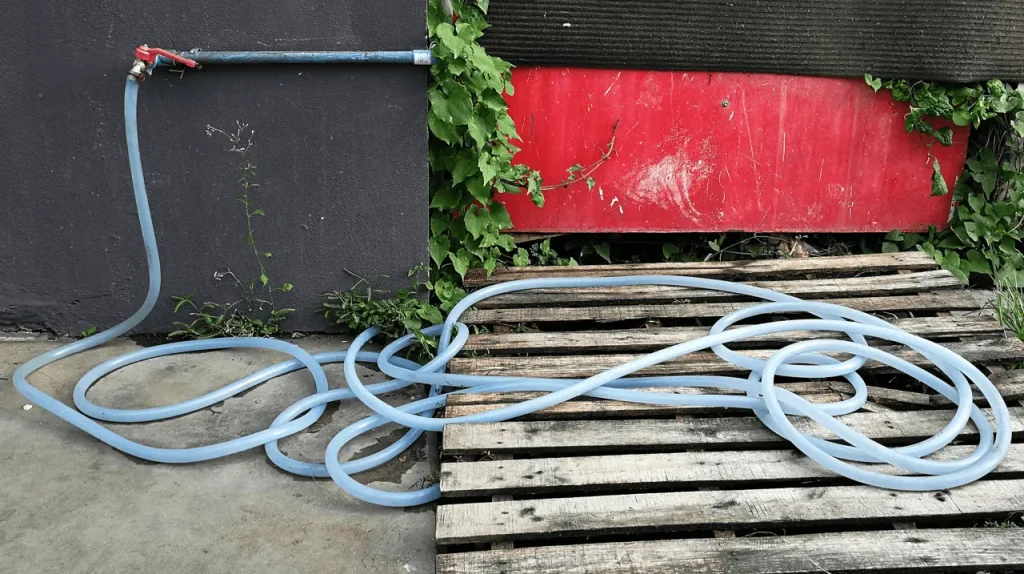
Water hammer noise rarely goes away on its own. And, tackling it without knowing the cause can lead to even bigger problems. So, how do you fix noisy water pipes correctly?
Some solutions are as simple as adjusting a wrench or valve. Others are hidden within walls, so you’ll need a trusted plumbing service for that.
This post will help you identify the problem, fix what you can, and prevent long-term damage to your plumbing.
6 Common Causes Water Hammer in Pipes
Let’s take a look at the common causes of water hammer noise:
1. Turning Off a Tap Hard
When you turn off a faucet hard, the moving water hits the closed faucet. This makes a wave of pressure, like a small explosion in the pipes. The pipes might shake or hit the walls.
If pipes aren’t held in place tightly, they can shake more when water rushes through them. This makes the pipes bang even louder.
2. High Water Pressure
If the water pressure in your house is too high, it’s like your pipes are being pushed too hard all the time. The water flows through them faster and with more force than it should.
So, when you turn off a faucet or valve, even normally, the sudden stop creates a shockwave in the pipes. That’s what causes water hammer noise.
3. Trapped Air
Ever turn on a faucet after being away and hear spitting and hissing before it runs smoothly? That’s trapped air in your pipes.
Do you hear a water hammer noise when turning the tap? It often happens after fixing pipes or refilling water. Air bubbles act as cushions. So, when you shut off a valve quickly, water hits these bubbles, squeezing and pushing back.
4. Loose Pipes
Noisy water pipes often occur when a pipe is loose. Sudden water stops shock pipes, making them hit studs or joists. This causes a quick knock after flushing or turning off a tap.
In the basement, copper pipes might move a little when the washing machine switches cycles. This movement can cause leaks over time.
5. Worn Valves
Think of the small valve under your sink with a handle. Inside, a rubber washer should press down to stop water. But over time, it can become stiff and loose.
When you turn off a faucet somewhere else, it makes the water pressure suddenly increase. This surge hits a loose washer, causing it to shake fast. This shaking is what makes the water hammer noise.
6. Vertical Runs
If you live in a two-storey home and notice that the hammer is louder upstairs, tall vertical pipes might be to blame.
When you suddenly turn off a faucet, like in the shower, it’s like slamming on the brakes. You might hear a loud bang that echoes through the house, and sometimes you can feel a faint vibration in the wall next to the pipe.
8 Ways to Fix Noisy Water Pipes
You already know all the reasons. Now, how can you fix noisy water pipes? Here are some common solutions for that:
1. Install Water Hammer Arrestors
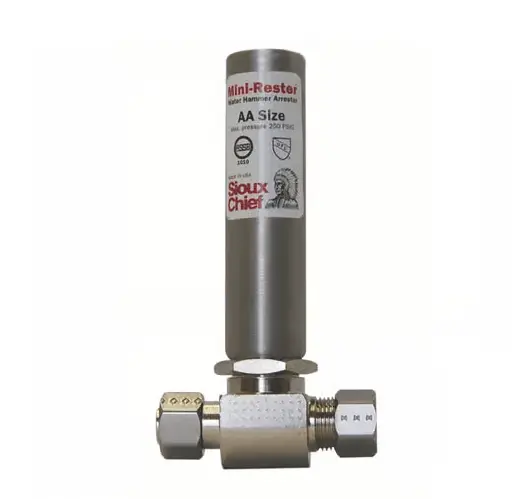
- Type: DIY/Professional job
A water hammer arrestor is a small device that acts as a shock absorber for your plumbing. It is installed near appliances that shut off quickly, such as washers or ice makers.
You should consider installing one if you hear a sharp bang or a quick burst of knocking right after an appliance finishes filling.
How can you prevent water pipes from banging by installing water hammer arrestors?
- Turn off the appliance’s supply valve.
- Unscrew the hose from the valve.
- Hand-thread the arrestor onto the valve outlet, tightening it with pliers if necessary.
- Reattach the hose, slowly open the valve, and check for leaks
2. Adjust a Pressure-Reducing Valve
- Type: Professional job
A PRV is like a speed limit for water. It’s put on the main water pipe coming into your house. It takes the high pressure from the city water, which is usually 80 to 120 psi, and lowers it to a safer 50 to 60 psi.
You likely need to do the adjustment if faucets spray hard, toilets hiss, or if you hear water hammer noise.
Here’s how to fix noisy water pipes with this adjustment:
- Screw a gauge onto an outdoor faucet and check the water pressure with no water running.
- If the pressure is over 70 psi, find your pressure-reducing valve (PRV).
- Loosen the nut and turn the screw until the gauge shows 55 psi.
3. Recharge Air Chambers
- Type: DIY
Older houses have air pockets that absorb water pressure. Over time, these fill with water and lose their cushioning, which shocks to pass directly through the pipes.
To fix this, you need to restore the cushion or recharge the air chamber. Here’s how to stop water hammer:
- Turn off the main water valve.
- Open all the faucets, outdoor taps, and showerheads.
- Flush the toilets to empty them. Hold the handles down so the bowls drain too.
- Wait until the water stops coming out and you hear the pipes making empty sounds.
- Slowly open the main valve halfway. Once water flows steadily at the lowest tap, finish opening it.
- Close the faucets, starting from the bottom floor and moving up.
If the water hammer noise returns in a few days, call a plumber to add spring arrestors or automatic air-release valves that won’t clog.
4. Secure Loose Pipes
- Type: DIY
Using the right clamps or brackets to hold loose pipes is simple and works well. It keeps the pipes in place, and cuts down on noise.
If the pipes are accessible, you can do this yourself. If they are hidden behind walls or ceilings, it’s best to call a professional. The steps are:
- Get a helper to open and close the problem fixtures while you observe the exposed pipes.
- If a pipe vibrates or makes noise, add a cushioned clamp every 3 feet on horizontal copper pipes.
- Put foam insulation or rubber grommets where pipes go through framing.
- Check that hanger screws are tight but avoid over-tightening, which could crush the pipe.
5. Replace Worn Valves
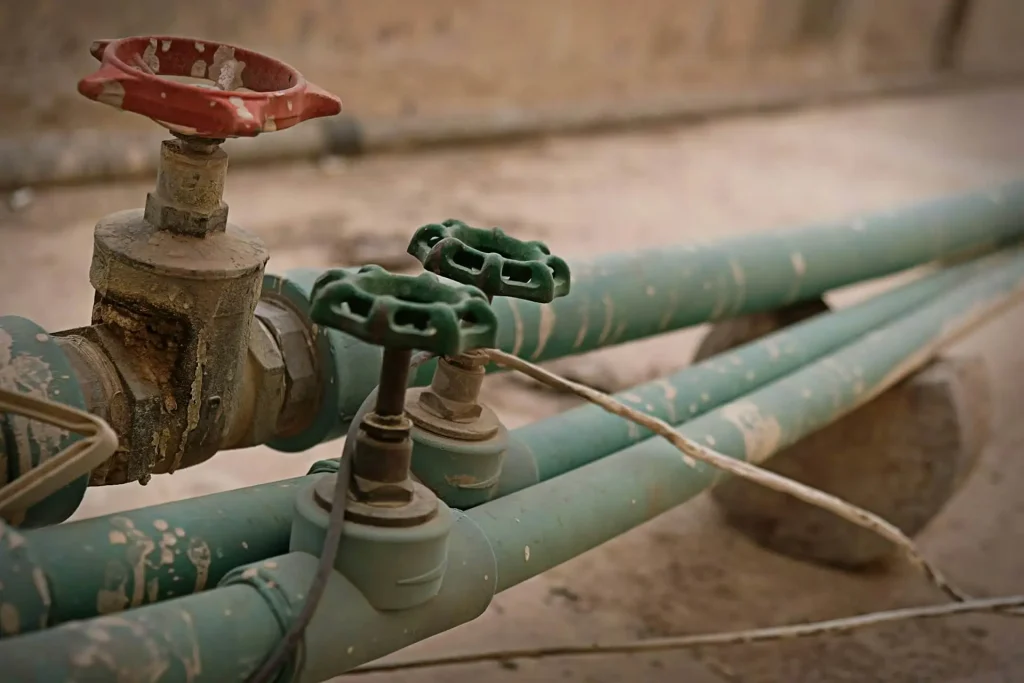
- Type: DIY/Professional job
A valve that makes noise when another faucet turns off needs to be replaced. If you ignore the noise, it can damage the valve, and make it impossible to turn off the water in an emergency.
Most of the time, you can fix this yourself. But you might need a pro if the valve is hard to get to, needs you to cut into walls, or is the main shut-off valve.
Here are the steps you need to do regarding this:
- Shut off the home’s main or branch valve feeding the line.
- Use a towel and bucket; open the faucet to release pressure.
- Loosen the compression nut or unscrew the connection.
- Install the quarter-turn ball valve, align it, and tighten the nut firmly with a quarter turn using a wrench.
- Turn water on slowly and check for leaks.
6. Upgrade Check Valves
- Type: Professional job
Check valves prevent water from flowing backward. However, old, oversized, or incorrect check valves can produce water hammer noise instead. This occurs when the internal part hits its seat.
To stop water pipes banging, upgrading to silent check valves can be an option. But keep in mind that DIY attempts often fail because orientation and spring tension matter.
So leave it to your plumbing service to do these steps:
- Shut power, isolate the line, and relieve pressure.
- Remove the old valve, check for debris or warped seats.
- Install a matching spring-check with unions, ensuring correct flow.
- Restore pressure, bleed air, and watch for noise during pump cycles.
- If the hammer persists, add a small arrestor downstream or adjust pump shut-off speed.
7. Install Anti-Slam Valves
- Type: Professional job
Anti-slam valves release air when draining and control air release during refilling. When pumps stop or lose power, these valves prevent vacuum buildup and slow the water return.
To reduce water hammer noise, you can try installing an anti-slam valve. It absorbs pressure shocks by switching from a large to a smaller opening during flow surges.
But you’ll need a professional to install this. Here’s how to stop water pipes banging:
- Shut down the system and drain the pipeline section.
- Install the valve vertically with up to 3° tilt at the highest point.
- Align the inlet with the pipeline flange.
- Connect the anti-slam valve to an isolation valve for maintenance.
- Carefully open the valve to build pressure and check for leaks or float issues.
8. Support Vertical Runs with Extra Straps
- Type: DIY/Professional job
Vertical pipes face different stresses than horizontal ones. They expand and contract with temperature changes and shift sideways when pressure varies. To stop water hammer noise, adding extra straps can help.
This is often a simple DIY task, as most vertical runs can be reached with basic tools. But, if you need to modify inside finished walls or structural supports, it’s best to consult a professional.
Here are steps to fix noise in water pipes in vertical installation.
- Find the pipe in a basement, utility shaft, or closet.
- Wrap a rubber liner around the pipe every 4–5 ft and secure with a metal strap.
- When passing through floors, use split rubber grommets to reduce noise.
- Ensure fixtures have arrestors or air chambers to lessen vibrations.
Also Read: How to Remove Air from Water Pipes
FAQ about Noisy Water Pipes
Here are some relevant questions about water hammer noise you should know:
Should I worry about noisy pipes?
Yes, noisy water pipes, especially banging sounds, indicate water hammer—pressure changes in pipes. While often harmless, frequent or loud noises can damage pipes or cause flooding.
Where is the best place to install a water hammer arrestor?
To stop noisy water pipes, install a water hammer arrestor near quick-closing valves like on washing machines. Also, add arrestors at pipe ends or near fixtures, to absorb shockwaves effectively.
What is the life expectancy of a water hammer arrestor?
A water hammer arrestor generally lasts 5 to 15 years, depending on quality, materials, and shock severity. Higher-quality rubber or silicone arrestors tend to last longer, though intense hydraulic shocks can shorten their lifespan.
What happens if you ignore the water hammer?
Ignoring a water hammer can damage plumbing. Sudden water flow changes create shockwaves that stress pipes and fittings, leading to leaks or cracks.
Can loud water pipes be fixed?
Sure, the common fix is installing water hammer arrestors. Securing loose pipes or lowering high water pressure can also help. Sometimes, incorrect pipe sizing requires a professional plumber to inspect and resolve the issue.
Conclusion
You have learned how to fix noisy water pipes. It’s not just about stopping the noise; it’s about solving the problem properly.
Now you know when to fix it yourself and when to call a professional plumbing service. Use that knowledge to protect your home and keep your pipes quiet. Remember, careful repairs make all the difference.
If you want a guaranteed fix and expert guidance, call our service today. We’ll take care of it right the first time.



